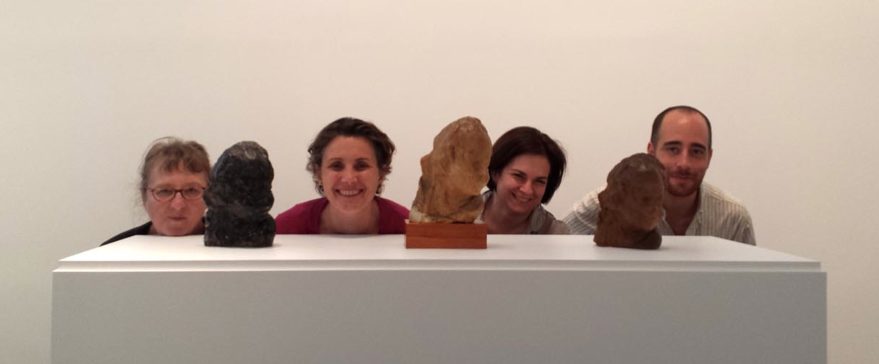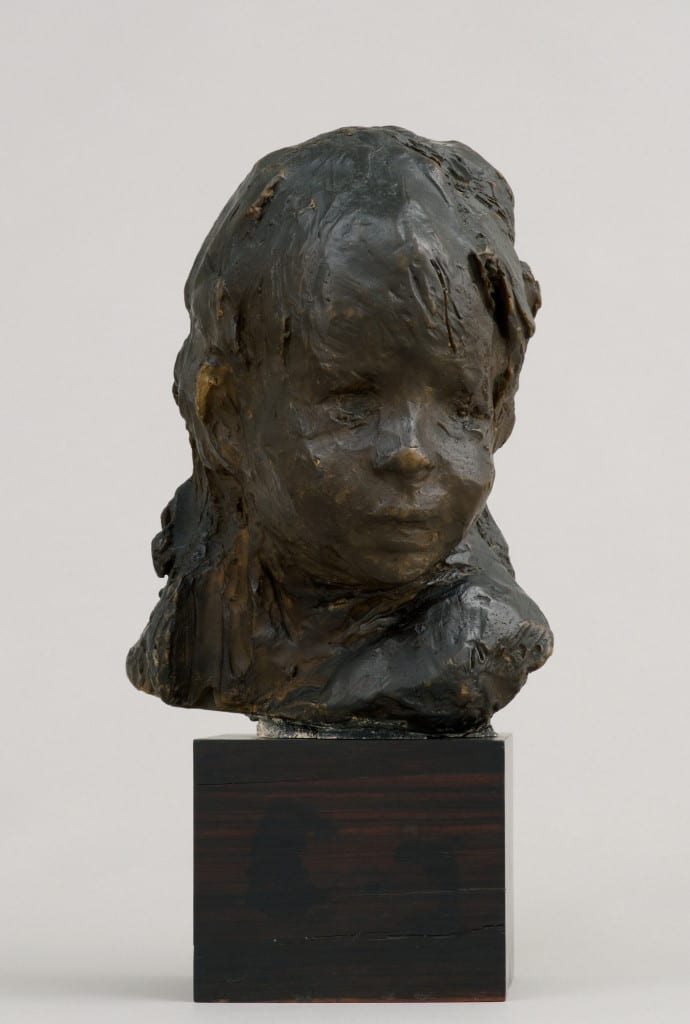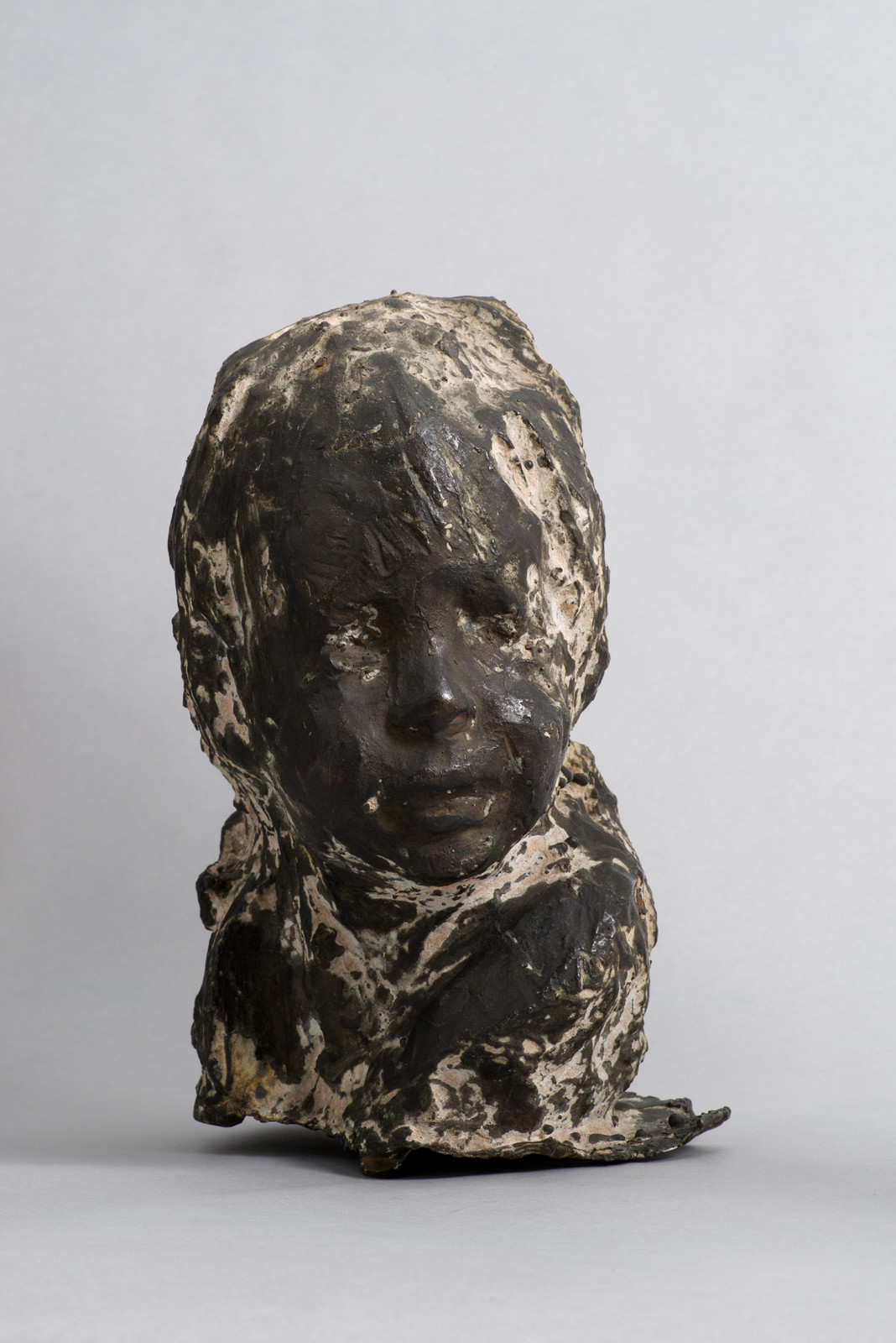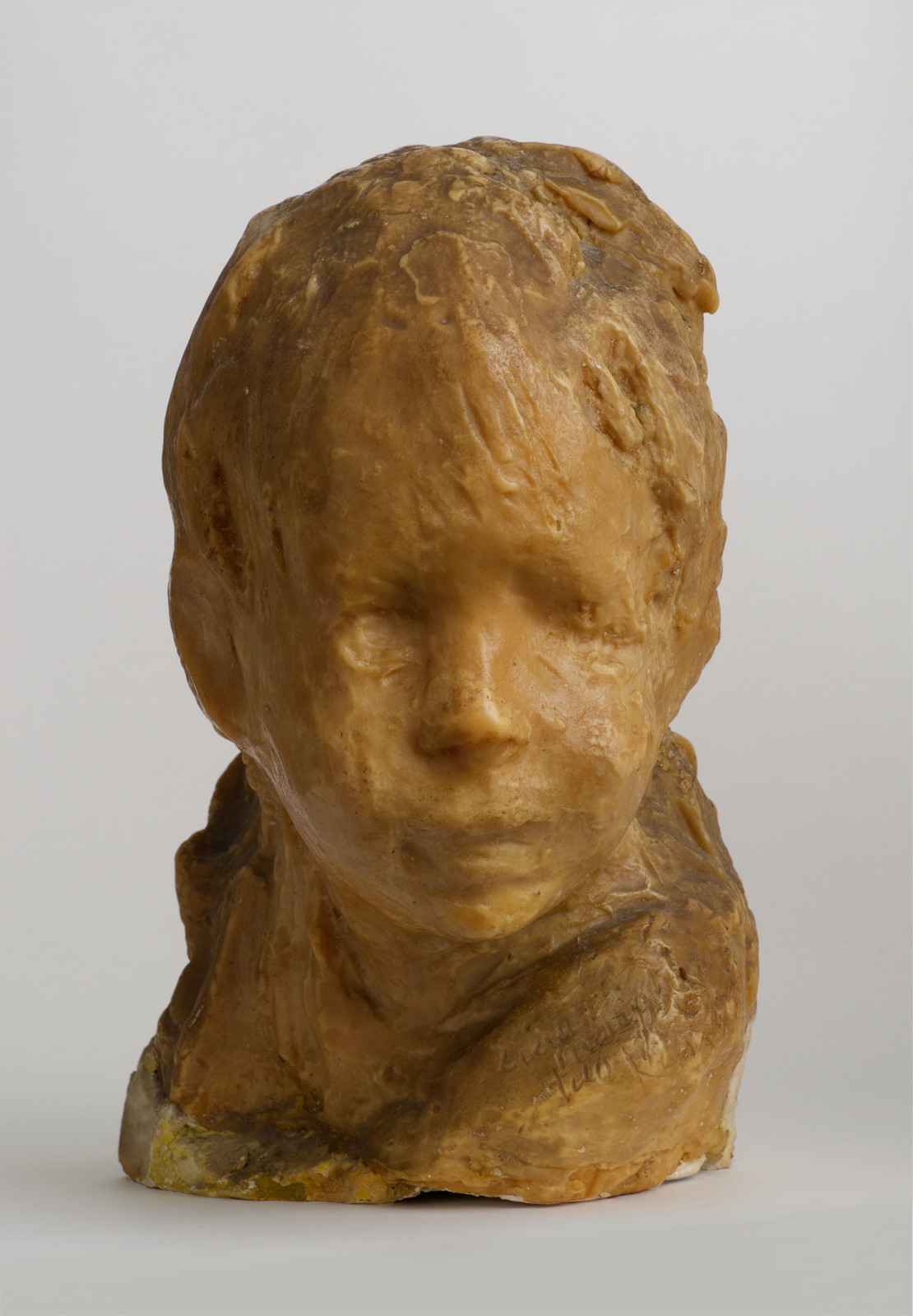
Medardo Rosso’s works are often difficult to find on view in the United States. New Yorkers currently can see work by this remarkable artist—the subject of CIMA’s second season—in two different exhibitions around town. “Unfinished: Thoughts Left Visible” at the new Met Breuer, which explores the concept of the nonfinito, features several Rosso sculptures, three of which were on view last year at CIMA. On view currently at Peter Freeman, Inc. is an exquisite show of Rosso’s bronzes.
In light of this new focus on Rosso, we look back to October 30, 2014, when CIMA held the first program of its Medardo Rosso season: a symposium exploring Rosso’s approach to serial sculpture, focused on the Bambino ebreo. In June 2014, Peter Freeman, Inc. hosted an exceptional exhibition where ten Bambino ebreo casts were brought together for the first time. A team of art historians, conservators, and conservation scientists, led by Rosso expert and independent art historian Sharon Hecker, gathered for two days to study the works together. This was the culmination of a multi-year project to learn more about Medardo Rosso’s technique through the careful study of many versions of a single subject, work that will soon be published. CIMA spoke with Hecker and with Austin Nevin of the Institute of Phototonics and Nanotechnologies of the National Research Council in Italy (IFN-CNR), the lead conservation scientist on the team.
How did the idea for this project come about? Who was on the team?
We were asked by Peter Freeman to examine a previously unknown Bambino ebreo in wax and were struck by its many unusual technical and visual aspects. This led us to travel to see existing Bambino ebreo casts and to organize a two-day study day of 10 casts in the same physical space. We involved Francesca Bewer and Henry Lie of Harvard University’s Straus Center for Conservation as well as Elisabeth Lebon, an expert in nineteenth-century foundry practices. Federico Carò and Ronald Street of the Metropolitan Museum of Art also conducted scientific analyses and white light scans of the casts, and Francesca Izzo of the Universita Ca’ Foscari, Venice, Italy, conducted analysis of samples from different wax casts.

Sharon has conducted in-depth research on Rosso’s serial sculpture for the past twenty years. In 1999, she led a three-year study of his casting techniques with the Harvard team, which culminated in the Harvard University Art Museums Study and Exhibition Medardo Rosso: Second Impressions, which she co-curated with Harry Cooper (2003). In this study we discovered and mapped Rosso’s casting techniques for the first time. Since then, Sharon has also published on the Bambino malato series in Burlington Magazine (2010). Austin Nevin has been working with Sharon on technical analyses of several series by Rosso, including Bambino malato, Bambino alle cucine economiche, Bambino ebreo, and Carne altrui.
How many Bambino ebreos did you look at? And how did you pick the ones for inclusion in the study?
We looked at many casts—and unfortunately most casts could not travel. Conservators are well aware of the fragility of wax as a material, and we were really lucky to be able to study works both in private collections and in museums as part of our research. The casts which were included in the study day either had very secure provenances or had interesting visual elements that gave us new insight into the artist’s process and allowed us to better understand the evolution and variation in the casts made in such different materials—plaster, wax and bronze.

What kinds of techniques did you use in your analysis?
Historical and provenance research in archives around the world form the basis of any study—and this is particularly important for establishing where the many Bambino ebreo casts were made, sold, and traded. We complement archival research with close technical study—comparing both the fronts and backs of works, as well as the inside and underside of casts. White light scanning was employed to scientifically map the forms of the different casts and note subtle similarities and differences among them. We chose to couple this with both Elemental and Molecular Analyses to compare data from works in different media—allowing us to better understand Rosso’s working and casting methods. Specific methods included portable X-ray Fluorescence Spectrosopy (XRF) for the analysis of bronzes as well as Mass Spectrometry coupled to Gas Chromotography for the analysis of waxes.
What was the most surprising thing you learned about Rosso’s practice?
We were very surprised to find, for example, how different each cast was despite basic similarities, especially when examining the backs of the works, the number of layers of wax, and small but key differences between different casts. We also learned a great deal about the original owners of the works and their special relationships with the artist.

Can the methods you used be applied to other works by Rosso?
We hope that the methodology that we have chosen—which brings together scholars with different expertise to examine the same work by Rosso—can help to better understand serial sculpture. Technical evidence needs broader context and should be driven by specific conservation-related or art historical questions, and archival research can be complemented by compelling technical evidence from scanning.
What further plans do you have? Will there be a book?
We are currently completing Medardo Rosso, Bambino ebreo: A Critical Study in Modern Serial Sculpture, which is due to be published by Archetype, London, Studies in Conservation, in 2017.
